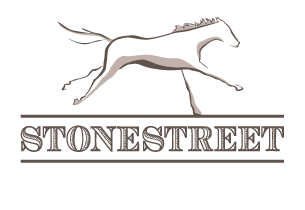Four Foal Firsts
Earlier this month we published a blog on foaling, but a lot more happens in the first 24 hours of a foal’s life than just arriving in the world!
- Standing
Very shortly after birth, the foal will sit sternally. It is the beginning of his attempt to stand, and he will remain this way until his forelegs are strong enough to lift his body off the ground. Foals are typically up on all four hooves around 30 minutes after birth and after another 30 minutes, they are steady and taking their first steps.
- Nursing
A foal nurses for the first time
As soon as the foal is up and moving, instinct directs him towards his mother, and, more specifically, her milk. After several failed attempts and some guidance from the mare, the foal is typically nursing within 60 minutes after birth. The first milk produced by the mare is called colostrum, and it transfers immunity from mare to foal.
- Passing Meconium
All babies, equine and human, do not pass stool in utero. The first manure produced after foaling is called the meconium. Unlike any subsequent bowel movement, meconium is hard, sticky, and almost black in color. We administer enemas to every foal shortly after delivery. Passing the meconium is an extremely important milestone, and it should occur within an hour of birth. Passing the meconium as soon as possible increases the likelihood of successful nursing and the ingestion of colostrum to elevate immunity. Failure to pass the meconium can result in colic.
- First Vet check:
Most foals are born at night. The next morning, they will be visited by the veterinarian who will check them out. The vet looks at:
- The Umbilicus – to ensure it is fully clotted and no longer bleeding and to ensure that it is not herniated and shows no signs of infection.
- The Eyes – entropion is a condition in which the eyelid is folded inward causing the lashes to rub the eye. This is fixed with a simple stitch! Eye function is also checked.
- The Ribs – to ensure no ribs were fractured by the contractions during foaling.
- The Limbs – the fetlocks are checked for contraction or laxity, and the vet determines whether the foal is knock-kneed (carpal valgus) or ‘over at the knee’. The turnout schedule will be dictated by the degree of conformational defect until it has resolved.
- The Heart – to ensure that there is no murmur present.
The vet will also check for a cleft palate and draw blood for a CBC/IgG test to ensure the transfer of antibodies through the colostrum.
